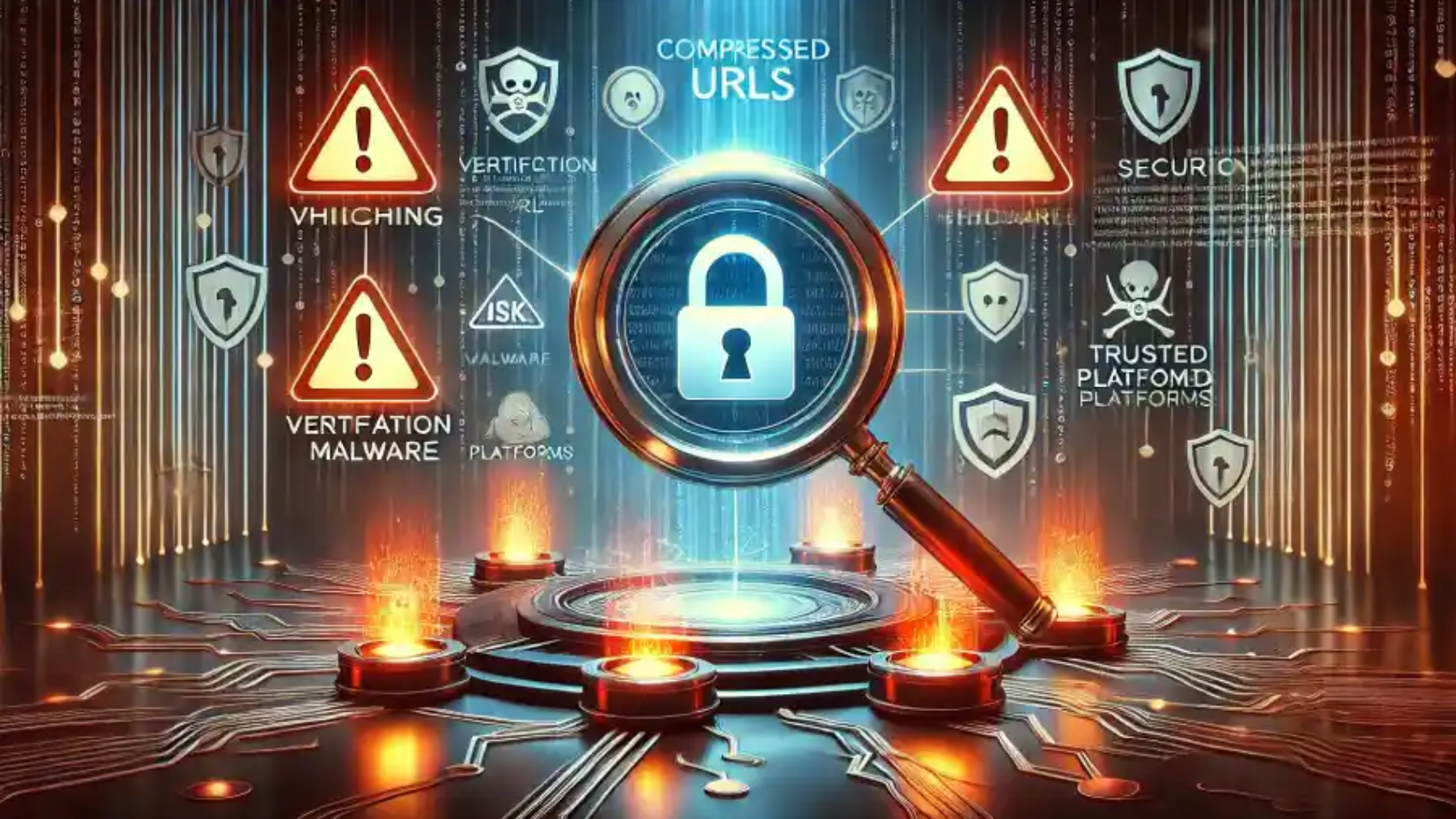Imagine a link that seems harmless but leads to a malicious site designed to compromise your data or device. This is the hidden danger of compressed URLs—shortened links that, while practical, can disguise their true destinations. Cybercriminals rely on these tools to target unsuspecting users, turning convenience into a potential threat.
But here’s the good news: You can protect yourself.
This article dives deep into how you can mitigate the potential risk associated with a compressed URL. From understanding the risks to employing practical strategies, you’ll learn how to stay secure while navigating the web. And for more insights into managing broader cyber risks, explore our guide on The Importance of Cyber Risk Prioritization to Protect Your Business.
Let’s uncover actionable ways to navigate this digital challenge confidently.
Understanding Compressed URLs and Their Risks
Compressed URLs, created using tools like Bitly, TinyURL, or other short URL expanders, replace long web addresses with short, manageable links. While beneficial for aesthetics and sharing on platforms with character limits, they can obscure the true destination of a link. This lack of transparency makes users vulnerable to various online threats.
Common Risks Associated with Compressed URLs
- Phishing Attacks: Malicious actors often use shortened links to redirect unsuspecting users to phishing sites that steal personal or financial information.
- Malware Delivery: Compressed URLs can lead to sites hosting malicious software, compromising your device.
- Loss of Transparency: Without previewing the destination, users cannot verify the safety of a link.
- Social Engineering Exploits: Cybercriminals use shortened links in deceptive messages, exploiting users’ trust.
Given these risks, it’s critical to adopt strategies that mitigate the potential risks associated with compressed URLs.
Learn How Can You Mitigate the Potential Risk Associated with a Compressed URL?
1. Verify the Destination Before Clicking
Before clicking on a compressed URL, always check where it leads. URL expanders can help you verify the destination and ensure your safety. Popular tools include:
- CheckShortURL: Expands shortened URLs to reveal the full web address.
- Unshorten.It: Quickly unveils the full destination of a compressed link, including a safety preview of the site.
2. Enable Browser Security Extensions
Browser extensions can enhance your online safety by scanning links for malicious content. Consider using tools like:
- Web of Trust (WOT): Rates websites based on user reviews and safety data.
- HTTPS Everywhere: Ensures secure connections.
- URLVoid: Detects potentially harmful links and alerts you.
3. Trust Only Credible Sources
Click compressed URLs only from trusted sources. Be cautious of links shared via unknown email addresses, suspicious social media accounts, or unverified text messages.
4. Recognize Phishing Red Flags
Learn to identify signs of phishing attempts, such as:
- Poor grammar and spelling in messages.
- Urgent requests for personal information.
- Suspicious email addresses or sender names.
5. Educate Yourself and Your Team
For businesses, cybersecurity training is essential. Teach employees about the risks of compressed URLs and how to verify links before clicking. Encourage using short URL expanders like TinyURL expander or short URL expander to reveal the destination before engaging.
Tools to Safeguard Against Compressed URL Risks
1. CheckShortURL
A free tool that expands shortened URLs to show the full web address and provides additional details about the destination site.
2. VirusTotal
Analyze URLs for potential threats by scanning them with multiple antivirus engines.
3. Unshorten.It
Quickly unveils the full destination of a compressed link, including a preview of the site’s safety features.
4. TinyURL Expander
A specific tool designed to decode compressed links from TinyURL and provide transparency.
Best Practices for Sharing and Using Compressed URLs
To ensure the safe use of compressed URLs, follow these best practices:
- Provide Context Always include a description of where the link leads. For example: “Click here to read our latest blog on cybersecurity tips.”
- Use Branded URL Shorteners Tools like Bitly allow you to create custom-branded links, which add an extra layer of trust and transparency.
- Avoid Over-Shortening Excessive shortening or chaining of links can confuse users and make them more suspicious of the link’s intent.
- Emphasize Cyber Awareness Stay informed about cyber risks and train your team on recognizing compressed URL cyber awareness strategies to prevent online threats.
Why Compressed URLs Are Still Valuable (When Used Safely)
Despite their risks, compressed URLs serve a vital purpose. They make sharing links on platforms like Twitter, LinkedIn, and WhatsApp seamless and user-friendly. By following the mitigation strategies outlined here, you can enjoy the benefits of compressed URLs without compromising your online safety.
Conclusion
Compressed URLs are a double-edged sword. While they simplify link sharing, they also open the door to potential online threats. By verifying destinations, using security tools like URL expanders, trusting only reliable sources, and practicing safe link-sharing habits, you can effectively mitigate the potential risk associated with a compressed URL.
Stay informed and proactive about cybersecurity to protect yourself and your digital interactions. Do you have additional tips or tools for staying safe online? Share your thoughts in the comments below!

